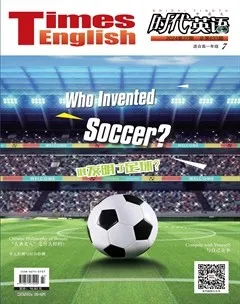Who Invented Soccer?誰發明了足球?
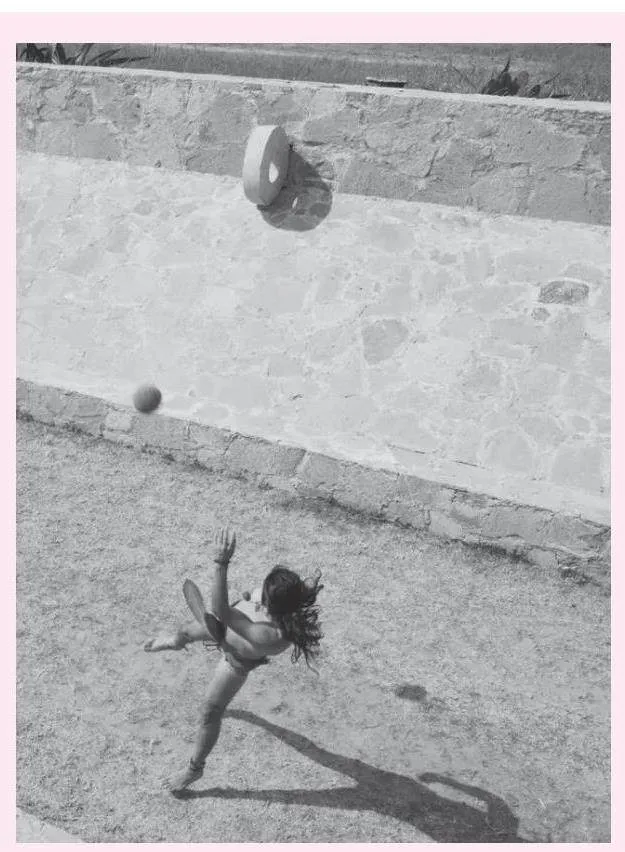
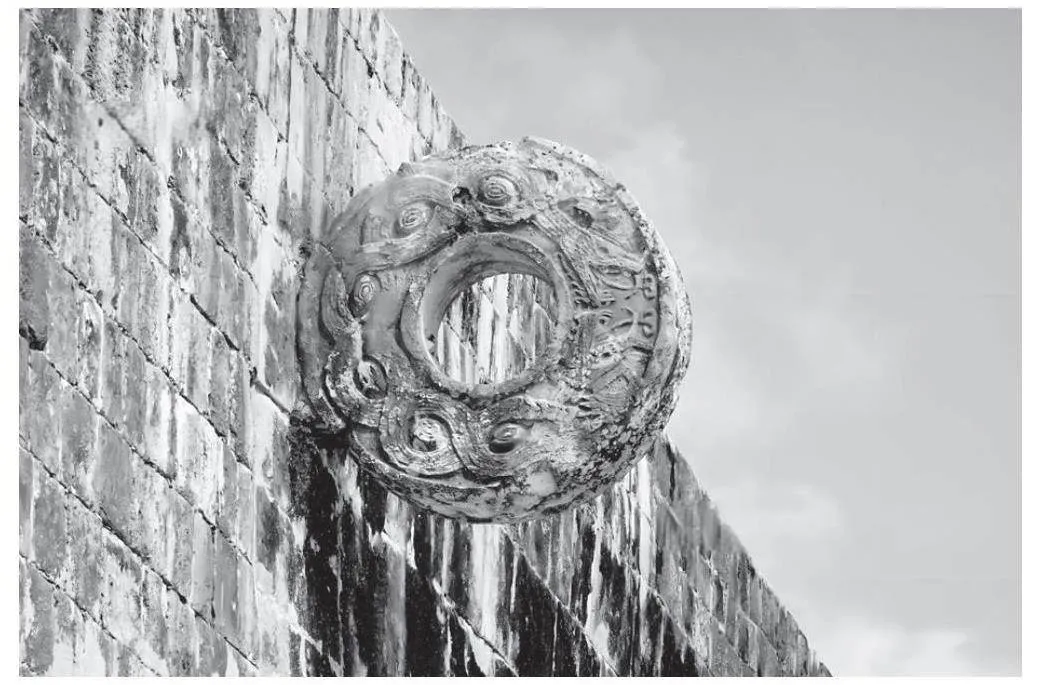
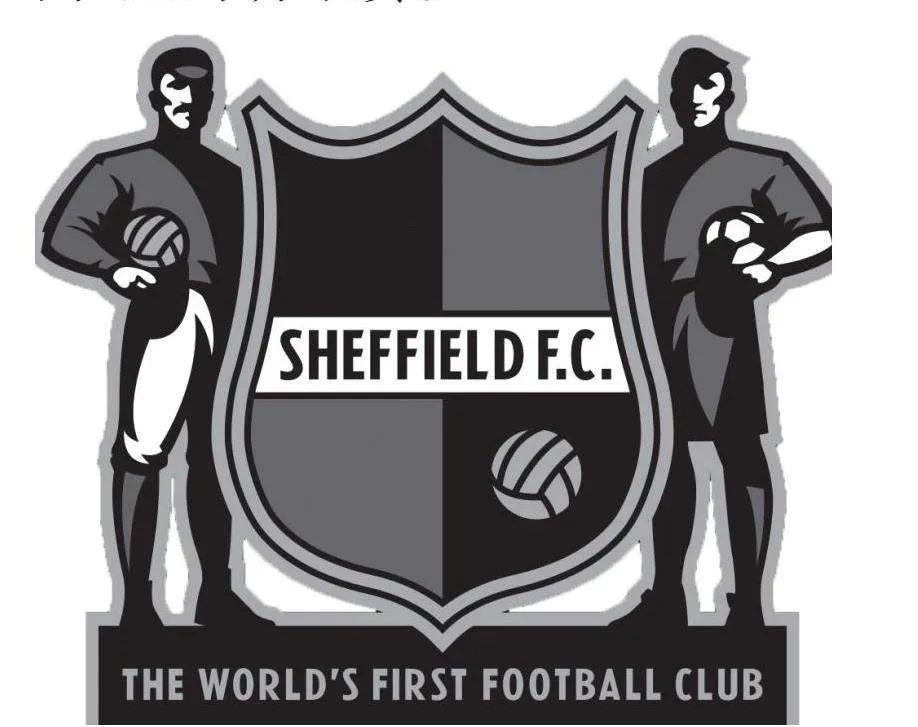
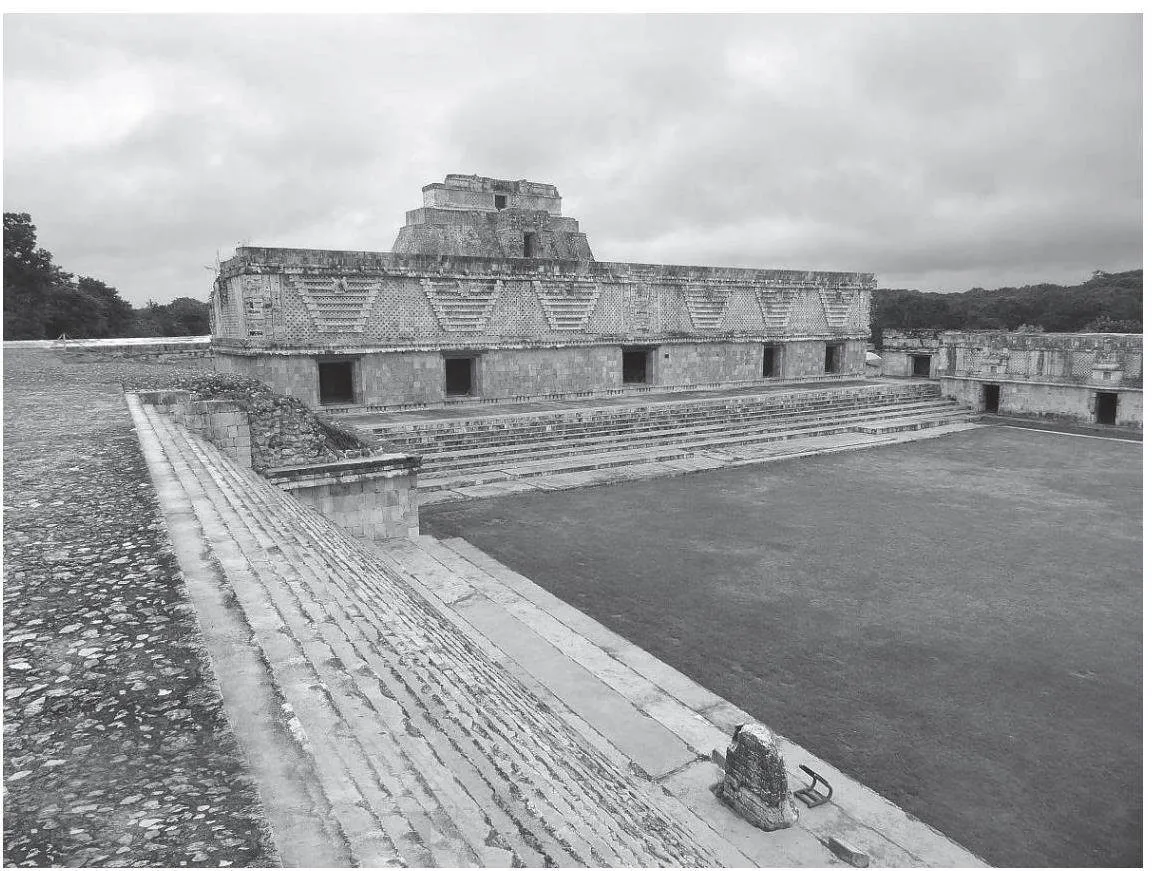



Soccer is by far the world’s most popular sport, and for good reason—beloved by at least 265 million people worldwide, it’s easy to play in a random yard or field and instantly relate to the players racing across stadiums.
But if you’re looking for the earliest ancestor of all that running, kicking, and cooperating, here’s what you need to know about soccer’s ancient origins.
足球是全球最受歡迎的運動。人們隨意找個院子或空地就能踢,而且立馬能與在球場上飛奔的球員玩在一起。這個說法有充分的依據——全世界至少有2.65億人深愛足球。
如果你想知道這項集奔跑、踢球、合作于一體的運動源于何處,請閱讀以下內容。
Soccer’s ancient origins
足球的古老起源
The Chinese were the first to get their kicks by kicking balls into nets for sport in the third century BC, and the game known globally as football was formalized in England in the 19th century. But the predecessor of most modern ball games can be found in the Americas.
“The idea of the team sport was invented in Mesoamerica,” says Mary Miller, a professor of the history of art at Yale University who has studied extensive evidence of the sport.
In Mesoamerica, the vast historical region spanning from Mexico to Costa Rica, civilizations flourished well before Columbus “discovered” them, and many of these people played a sport that involved a heavy ball made from a substance derived from tree resin.
公元前3世紀,中國人最先以踢球入網為樂。直到19世紀,足球這項全球知名運動的比賽規則才在英格蘭正式確立下來。但是,絕大部分現代球類運動的前身都可以在美洲覓得蹤跡。
美國耶魯大學的藝術史教授瑪麗·米勒研究過大量同足球有關的證據。她表示:“團隊運動的概念起源于中美洲。”
中美洲是從墨西哥到哥斯達黎加的遼闊歷史區域。早在哥倫布“發現”美洲前,這里的文明就已十分繁榮。許多當地人都會參與一項球類運動。這種球很重,由樹脂提取物制作而成。
It’s unclear exactly where the game was invented, but it was popular across Mesoamerican cultures like the Teotihuacanos, Aztecs, and Maya beginning about 3,000 years ago. Its name varied—ullamaliztli in Aztec, pok-ta-pok or pitz in Maya. So did its rules, which included moves such as keeping the ball in play by bumping it with body parts or using racquets or bats.
Many of these games were played with 16-pound rubber balls, which still exist in the archaeological record. Other evidence of game play ranges from ceramic vessels to more than 1,300 large stone courts that can be found across the region.
Aztec players bounced the ball back and forth between teams using only their hips and buttocks (feet or hands were off limits). They tried to hit the back wall of their opponents’ courts with just one bounce, often sustaining life-threatening injuries when they were hit with the hard, heavy ball. If a player managed to get it into a high ring on the opposing team’s side, it was an automatic win—and a major honor for the winner.
雖然這項運動的發源地尚不明晰,但從大約3000年前開始,它就風行于中美洲的各個文明,特奧蒂瓦坎人、阿茲特克人與瑪雅人都是其愛好者。人們對它的稱呼各有不同——阿茲特克人稱其為ullamaliztli,瑪雅人則稱其為pok-ta-pok或pitz。這項運動在各地的規則也不盡相同。比如為了把球控制在界內,有的地方允許利用身體部位撞擊球,或使用球拍或球棒擊球。
人們進行這項運動時大多使用重達16磅的橡膠球,這種球如今仍可在考古記錄中探得蹤影。其他同這項運動相關的證據包括陶瓷器皿,以及遍布中美洲的1300多個大型石頭球場。
阿茲特克球員僅用髖部和臀部(不準使用腳或手)在隊伍間來回傳球。他們試圖只用一次傳接就擊中對手場地的后墻,但被又硬又重的球擊中時往往會受到致命傷害。如果一名球員成功將球打入對方場地內高懸的圓環,其隊伍便自動獲勝——這是贏家的一大榮耀。
British schools invent a new incarnation
英國學校發明了新形式
Though other cultures like Native Americans and Indigenous Australians played similar games, the modern sport that some people know as soccer—and many others know as football—was birthed in British schools. Although they had played variations of the game informally for centuries, the sport became formalized in the 19th century.
In the mid-19th century, developments in transportation, labor, and technology gave people the leisure and means to travel to competitive matches on mown lawn fields. By the 1840s, a variety of British schools created their own standards of play, making it possible to hold tournaments among players who all knew the same rules.
Over time, two competing rule sets began dominating the sport. The Sheffield Football Club allowed teams a free kick if their competitor disobeyed the rules of play. Cambridge University forbade players to carry the ball in their hands.
As the sport’s popularity ballooned, players banded together in the London Football Association. In 1877, Sheffield officially adopted the so-called “London Rules”. By then, some teams had begun to recruit widely, secretly paying working-class league members.
盡管美洲原住民與澳大利亞原住民等其他文化中也有類似的運動,但一些人稱之為英式足球、其他許多人稱之為足球的這項現代運動卻誕生于英國的學校。英國人在幾百年間一直不拘形式地進行這項運動,但直到19世紀這項運動才正式定型。
19世紀中葉,交通、勞動力與技術得到發展,人們因此既有空閑,也有能力前往修剪平整的草坪參與競技比賽。到了19世紀40年代,英國的各級學校制定了各自的規則,于是熟知相同規則的球員之間可以舉辦聯賽。
隨著時間的推移,兩套競賽規則漸漸成為主流。謝菲爾德足球俱樂部允許球隊在對手違反比賽規則的情況下踢任意球,劍橋大學則禁止球員用手觸球。
隨著這項運動的快速普及,球員們聯合起來成立了倫敦足球協會。1877年,謝菲爾德足球俱樂部正式采用所謂的“倫敦規則”。當時,一些球隊已經開始廣泛招募球員,暗中向參與聯賽的工人階層球員支付報酬。
Upper-class footballers wanted the sport to remain amateur. But in 1885, they finally agreed to allow professional players, enabling a further boom in the sport. By 1904, the sport was so popular that it had gone international, and the Fédération Internationale de Football Association (FIFA) began that same year.
上流社會的球員希望足球保持業余的性質。但在1885年,他們終于松口,允許職業球員參賽,足球這項運動因此得以進一步繁榮發展。到了1904年,足球已經風靡全球,國際足球聯合會也于同年成立。
Football today
當今的足球
Soccer’s success skyrocketed from there. After the sport debuted in the 1908 Olympic Games and the first FIFA World Cup in 1930, professional soccer flourished. Today, FIFA remains the sport’s governing body.
But the heart of the sport has always been on the field, where everyone from small children to seasoned pro athletes can enjoy the action. Soccer’s spirit, which Miller calls one of “intricate team thinking”, is alive and well both in modern incarnations of the ball game and the millions of amateur and pro players who run, weave, and kick their way down an official or makeshift soccer pitch every day.
足球自此一飛沖天。1908年足球首次被列為奧運會項目,1930年國際足聯世界杯首次舉行,職業足球由此開始蓬勃發展。目前,國際足聯仍然是足球運動的管理機構。
但足球的核心永遠在綠茵場上,不論是稚齡兒童,還是老到的職業球員,所有人都能在場上盡情享受足球的樂趣。米勒將足球精神稱作一種“錯綜復雜的團隊思維”,這種精神不僅在各種現代足球形式中長盛不衰,也在數百萬業余或職業球員中彰顯傳遞——在正式或臨時的足球場上,他們日復一日地奔跑、過人,向目標奮進。
Word Bank
evidence /'ev?d?ns/ n. 證明;證據
sustain /s?'ste?n/ v. 遭受;蒙受
dominate /'d?m?ne?t/ v. 支配;控制
He tended to dominate the conversation.
forbid /f?'b?d/ v. 禁止;不準
You are all forbidden to leave.

